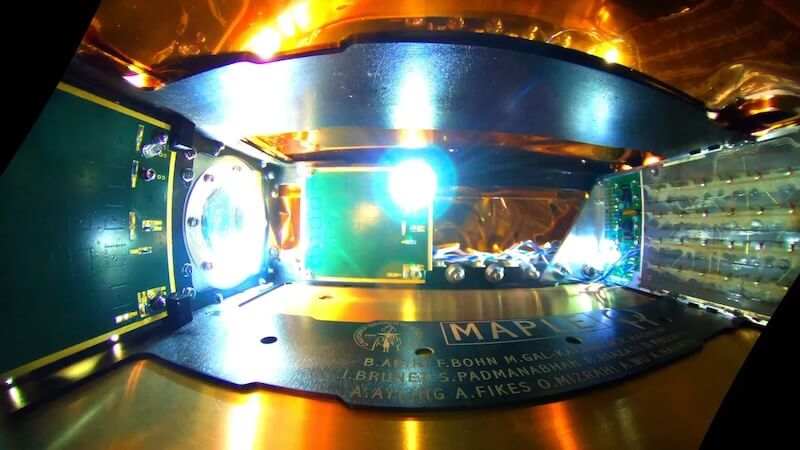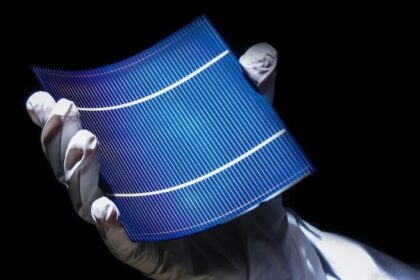Researchers at the California Institute of Technology have already demonstrated that it is possible to transmit electricity from space. However, the amount of energy is still far from sufficient. Nevertheless, solar systems in space are getting closer and closer.
Ideally, the energy supply of the future will be emission-free. However, solar power plants on earth have a decisive disadvantage. Due to their rather low efficiency and the distance from the sun, there are sometimes high energy losses. Solar power plants in space that send electricity to Earth could solve several problems at once.
Researchers at the California Institute of Technology recently made significant progress with a special satellite called Maple. The satellite has several chips for generating microwaves and managed to send energy from space to earth. Although the amount of energy transmitted is currently still low, the experiment demonstrates the potential of the technology.
Solar systems in space: Maple sends 100 milliwatts of electricity from space
According to researcher Ali Hajimiri, the first solar plant in space could be up and running within the next ten years. The successful test of Maple marks a first step in this direction. Theoretically, Maple could already transmit an output of 100 milliwatts through space. However, so far only one milliwatt has reached the ground.
This is still too little for practical application. For an effective energy supply on Earth, such a system would have to be considerably more powerful. To supply enough electricity for tens of thousands of households, it would need a satellite about one square kilometer in size. Maple currently only measures 150 square centimetres.
Power plants in space offer many advantages
Despite the challenges, such as the size and weight of such structures, Hajimiri is confident. According to him, it is only a matter of time before these hurdles are overcome. After all, solar systems in space offer a number of advantages over solar systems on earth. For example, they could produce energy around the clock, as there are no clouds and no day-night rhythm in space.
Continuous energy production in space could make a decisive contribution to a sustainable energy supply on Earth in the future. Despite the many technical and economic challenges, Maple shows the potential of space-based solar power plants. The electricity of the future could soon no longer come from Earth alone.










